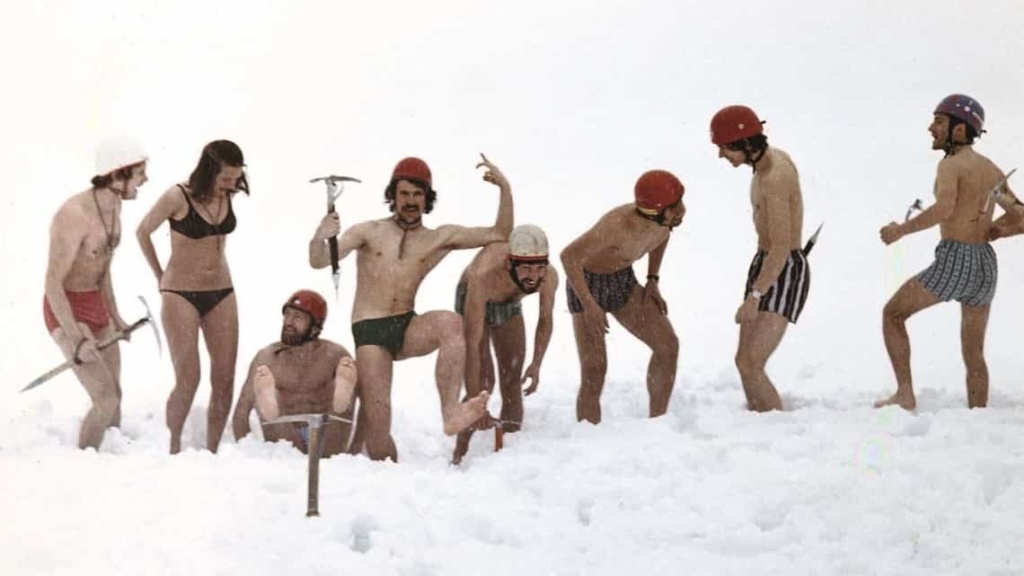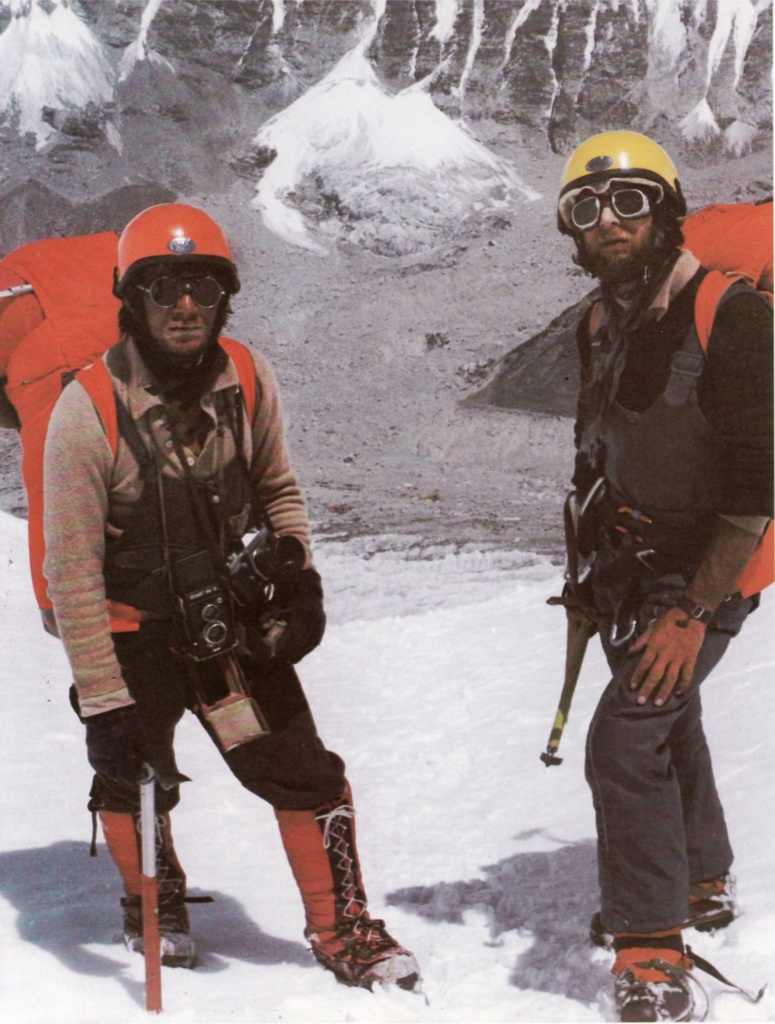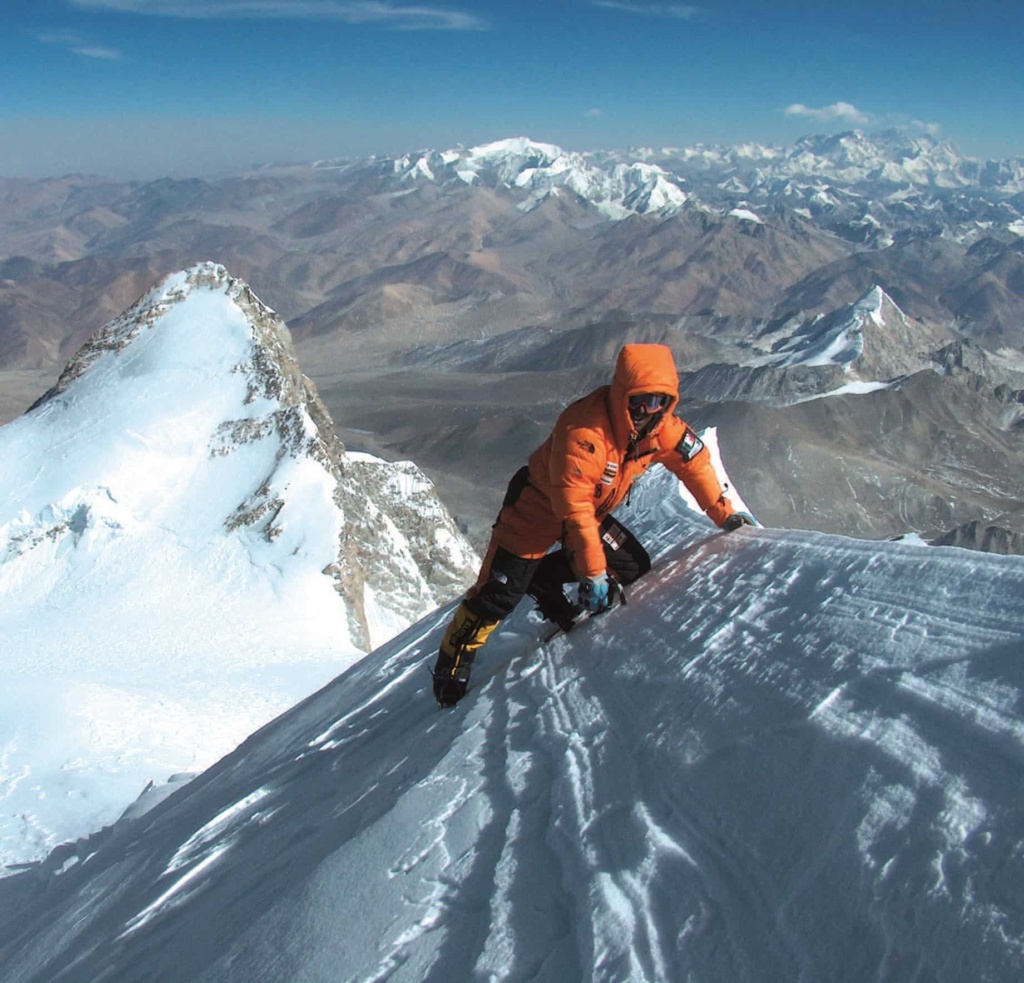Bernadette McDonald’s book “Ice Climbers” is a fascinating account on why Polish mountaineers flourished in the high mountains during the winter.

First published: https://lifestyle.livemint.com/relationships/it-s-complicated/a-book-that-looks-at-the-changing-nature-of-female-desire-111642042867902.html
The incredible Himalayan history of Poland’s legendary ‘Ice Warriors’
Renowned writer on mountain culture Bernadette McDonald talks about her new book ‘Winter 8000’ and what drove a legendary generation of Polish mountaineers to summit Himalayan peaks in the winter in the 1980s
Author Bernadette McDonald has chronicled the world of mountaineers and high altitude climbing for many decades now. Her landmark books like Brotherhood Of The Rope: The Biography of Charles Houston (2007) and I’ll Call You In Kathmandu: The Elizabeth Hawley Story (2005) are brilliant evocations of the obsessive hold that the high peaks of the Himalaya and the Karakoram have on mountaineers and mountain enthusiasts alike.
McDonald is renowned for her work at the Banff Centre for Arts and Creativity in Alberta, Canada; especially as the founder of the Banff Mountain Book Festival, the vice president and director of the Banff Centre for Mountain Culture (till 2006) and as director of the Banff Mountain Film Festival (till 2006). She has won the Boardman Tasker Prize for Mountain Literature twice, in 2011 for Freedom Climbers and in 2017 for Art of Freedom: The Life and Climbs of Voytek Kurtyka.
Her latest book, Winter 8000: Climbing The World’s Highest Mountains In The Coldest Season, highlights the exploits of a generation of legendary Polish climbers in brutal sub-zero temperatures on some of the highest mountains in the world.
When it comes to the world of high altitude climbing, the Poles were late to join the party. Between 1950 and 1964, each of the fourteen 8,000-metre mountains of the world had recorded first ascents. None of these had featured Polish climbers. In search of new challenges, the Poles battled against the odds and embraced what they called “the art of suffering” to make 10 first winter ascents of the 8,000ers. The most famous of these was the first ascent of Everest in winter in February 1980, under the leadership of Andrzej Zawada, mentor and inspiration to the famed generation of Polish climbers.
Other remarkable ascents include the first and second winter ascents (within three days of each other) of Cho Oyu (8,188m) in February 1985 by Maciej Berbeka, Maciej Pawlikowski, Zyga Heinrich and Jerzy Kukuczka. In January that same year, Kukuczka, along with Andrzej Czok had also made the first winter ascent of Dhaulagiri (8,167m). Feats such as this earned the Poles the reputation of being ‘Ice Warriors’.

McDonald speaks to Mint about the drive that propelled the Poles to the cutting edge of alpinism in the 1980s, the difficulty of climbing in the Karakoram range, and the remaining challenges of climbing 8,000m peaks in the Himalaya and Karakoram. Edited excerpts:
This book is as much about Polish climbers as it is about winter climbs. What sets the Poles apart from other climbers?
High-altitude climbing in the winter includes an enormous amount of suffering. Polish climbers were quite accustomed to this level of effort since they did so much winter climbing in their home mountains, the Tatras. It gave them the opportunity to hone their skills for the Himalaya and Karakoram. When their time to travel came, they were ready for the unreal conditions they would face at those altitudes in that season. And they were very motivated to make their mark in the history of high-altitude climbing. Winter gave them that chance.
The Poles made first winter ascents of seven 8,000ers between 1980-88. What made them so successful during this period?
There are several reasons. The system in Poland was very successful at producing an army of highly trained climbers. Much of that training was done in winter in the Tatras—how to build safe winter bivouacs, how to deal with severe conditions. They had inspired leadership, particularly from Andrzej Zawada, who saw high-altitude winter climbing as the genre that he wanted to create, to excel at, and to rewrite Himalayan climbing history. Polish climbers were also supported by the Soviet government to go on expeditions. They didn’t have great equipment or any superfluous luxuries, but they were given the freedom to travel to climb, and the basic expenses were covered. Finally, Polish climbers had time. Few of them had meaningful employment back in Poland so they weren’t in a rush to return. Travelling to climb, spending months at a time on an expedition, was just what they did. It was their lifestyle.
How did they fund their climbs?
Some of the funding came directly from the government and much of it came from what they called ‘high-altitude’ work, which was basically cleaning and painting the high smokestacks of industrial buildings in the Katowice area of Poland. This was dangerous business involving complex scaffolding, hanging belays and backbreaking work, suspended high above the ground, breathing toxic fumes. But it paid very well and the climbers knew how to do it. Another way of funding expeditions was through smuggling. Because the monetary system within Poland was a false one, based on a currency that was basically without value outside of Poland, products were very cheap. Polish climbers would fill their expedition trucks with all kinds of products, take them to Nepal and India, sell them for dollars or rupees and bring those hard currencies back to Poland, where they could reinvest the profits in their next expedition. It was a very successful formula. One more strategy was to invite a few foreign climbers, who brought hard currency that helped with the expenses.
After Lhotse was climbed in 1988, the next first winter ascent of an 8,000er came in 2005. What happened during this period?
Sixteen long, cold winters passed before another 8000-metre peak was climbed in the coldest season, but not from lack of effort. Dozens of teams from France, Italy, Poland, Japan, Spain and Korea travelled to the Himalaya and the Karakoram. Some wanted a first winter ascent, others a new route in winter, perhaps a winter ascent in alpine style, or a solo winter ascent. Many chose to climb in winter because of the solitude, for, as Himalayan climbing became more popular—in part due to the commercialisation of the sport—summers were getting crowded. Winter offered quiet isolation. What also happened was that many of the most reliable and successful ‘Ice Warriors’ had died in the mountains. Polish climbers, in particular, had endured crippling injuries and deaths at an alarming rate during this time and there simply weren’t that many skilled enough and willing to suffer to enter the 8000-metre arena in winter.
What would you consider to be the most commendable climb in the winter?
That’s an almost impossible question to answer. Maybe Cho Oyu, since it was done so early in the history of winter climbing of the 8000ers and it was done without using supplemental oxygen, on a new route, and everyone came home. No tragedy.

The first winter ascent in the Karakoram came as recently as 2011. What are the reasons for it?
Winter in Pakistan’s Karakoram range is not to be taken lightly. Farther north and west than the Himalaya, the temperatures are commonly 10 degrees colder. The mountains are in the direct path of the Jet Stream roaring in from the north. Winds are, on average, 40 kmph stronger than in the Himalaya. No surprise then that, before any of the Karakoram 8000ers were climbed in winter, all but one of the Himalayan peaks had been ascended.
What do you see as the remaining challenges on 8,000ers in the near future?
Most of the recent activity in the Himalaya and Karakoram has been below 8,000 metres—technical, difficult lines on the 7,000m peaks and even lower. Of course there are still new lines available on the 8,000m peaks but I think in the nearest future, it’s going to be K2 in winter that will attract the most attention and effort.